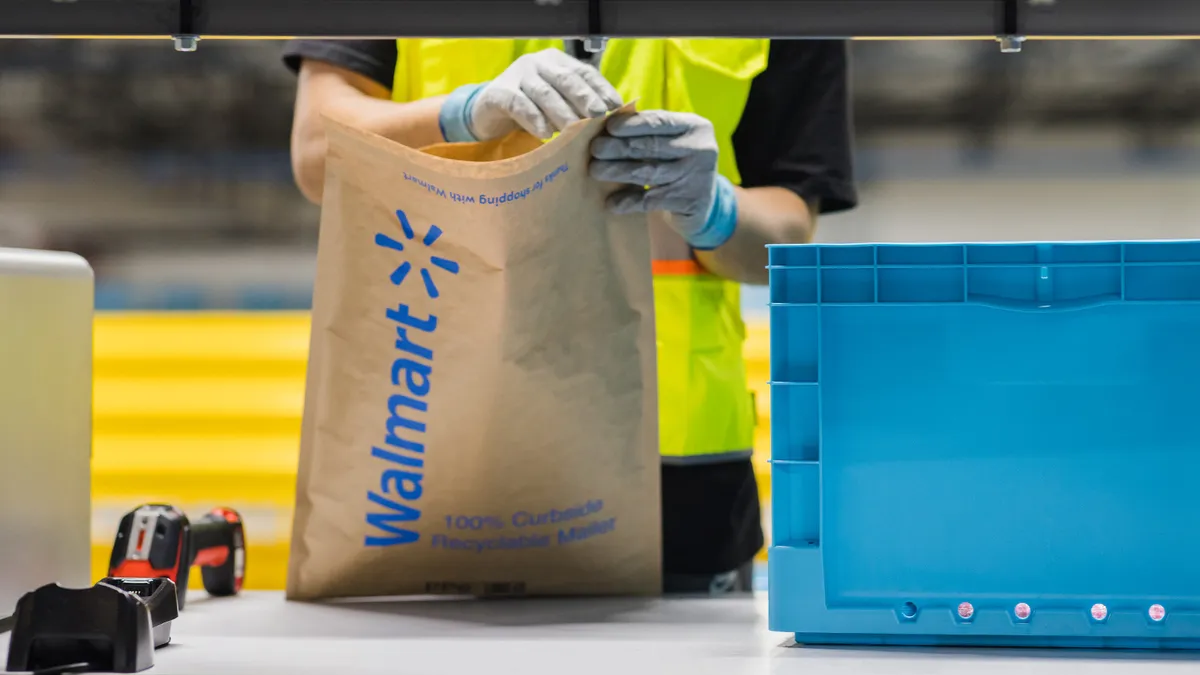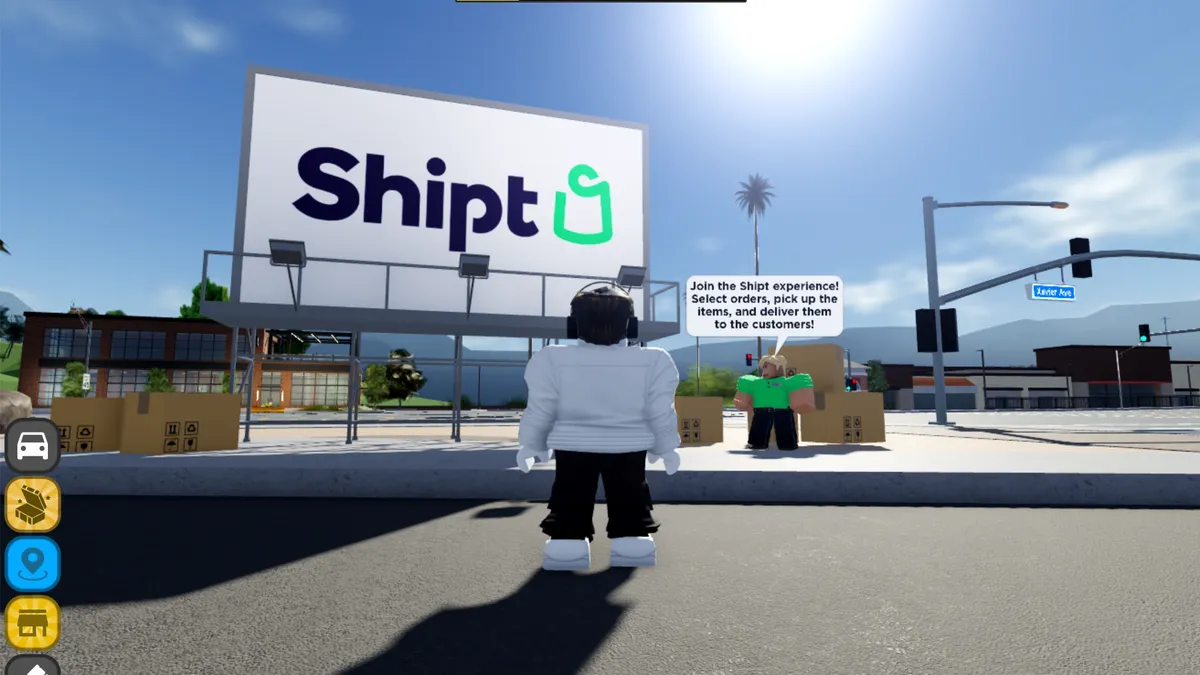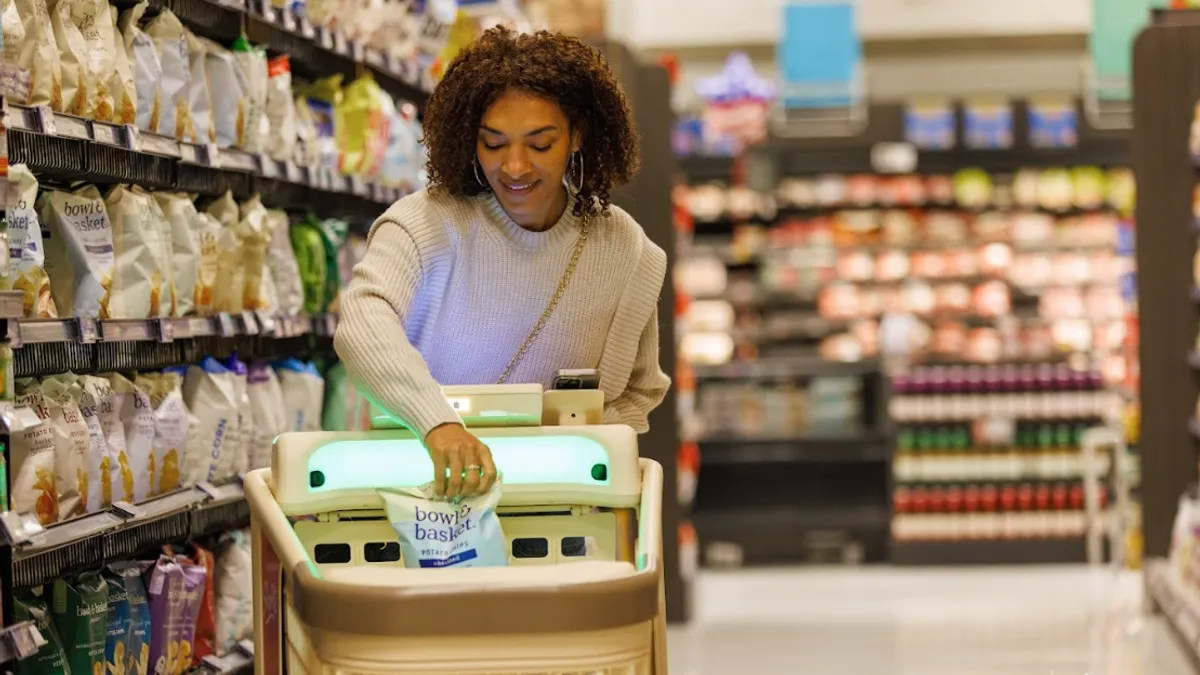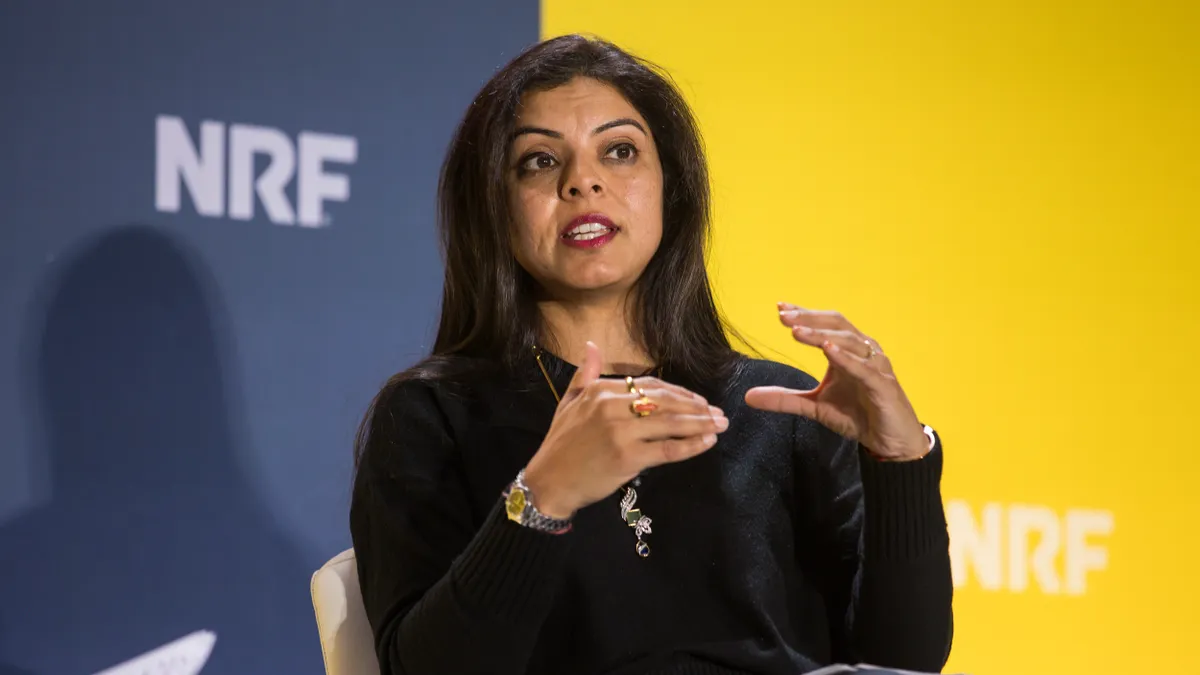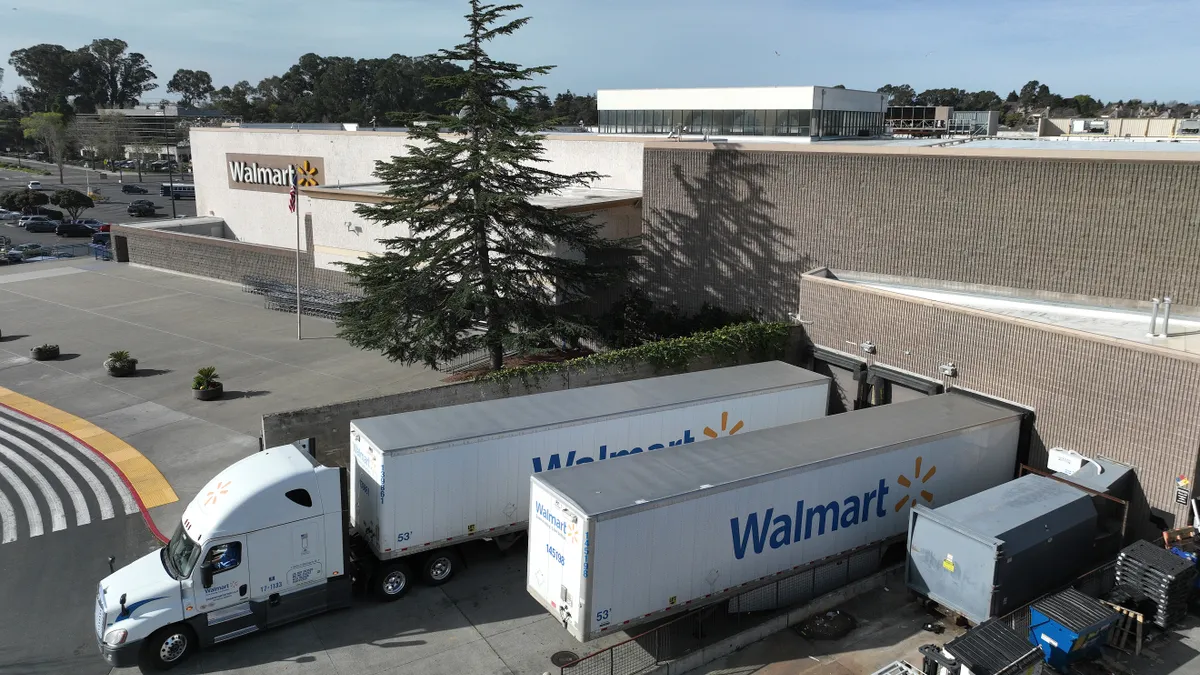Just about a year ago, Retail Dive noted a definite surge in retailers and delivery services offering customers same-day delivery and asked — in light of research consistently finding that free and low-cost delivery is more important to consumers than same-day delivery of online orders — What’s the rush?
Well, the rush is still on. In fact, last week, TechCrunch reported that Uber, the on-demand ride service that has given taxi companies fits worldwide, is at least exploring a delivery program working through merchants. If true, it looks like Uber would work with several retailers to provide delivery, rather than taking orders from the customer side, as it has done so far through its UberRush and UberFresh services.
Given these developments, it’s time to take another look.
More like an in-store purchase
Research that consistently indicates that shoppers aren’t clamoring for same-day delivery isn’t necessarily wrong, but same-day delivery is nevertheless here to stay.
So says Rob Howard, CEO of Grand Junction Inc., a business-to-business delivery platform that connects large retailers throughout the U.S. and Canada with local, established delivery services to offer same-day deliveries of retail purchases.
“It’s the next logistical step in the supply chain,” he told Retail Dive.
In many ways, same-day delivery is a more convenient form of the in-store purchase, and not so much a hurrying-up of the week-long, two-day, or even overnight package shipping that we’re used to from online orders, Howard says. Brett Wickard, founder and president of “lean retail” firm FieldStack, told Retail Dive much the same thing.
“If a customer comes into a retail store, he or she expects prompt service – not only during some narrow window — they want service right then and there,” Wickard says. “Omnichannel retailers should realize that same-day delivery customers and in-store customers are one and the same, that any service gap between in-store and same-day delivery customers will need to narrow quickly.”
Amazon started it, but local stores can win
Amazon may have started this push for same-day delivery, Howard says, when it began to offer its Prime members free same-day and even one-hour deliveries in some areas. But now that it’s becoming an expectation, brick-and-mortar retailers have little to fear because it’s actually one that they’re well poised to fulfill, he says.
“Retailers know their inventory really, really well, and, from the inventory perspective, their local stores are going to be micro-fulfillment centers,” Howard says. “Local stores need to get better and better. But the good news is, if they do, they beat Amazon on both fronts.”
The local Best Buy, for example, in many areas will be closer to customers than the nearest Amazon warehouse. That means that a customer can go to the store to check out the merchandise live and in person, or they could make an online purchase and have it delivered that day (or pick up in store). Amazon can only offer one of those options, and only in some areas.
End of the tracking number?
Uber is big, has a lot of money, and is already busy giving rides and delivering food and packages ordered by customers in many cities all across the world. It may seem to make sense for them to partner with retailers to bring fast delivery, and Howard says they may be well-positioned to cover that on-demand, one-hour pace. But having one driver pick up an order from a retailer or even a few retailers for one customer (or even a few customers) is closer to a taxi service — more expensive and perhaps needed for a splurge or for when you’re in a pinch.
One thing that Uber provides that all delivery services will eventually have to provide, says the CEO-founder of Bringg, Raanan Cohen, is Uber's famous "where's my car?" transparency to deliveries. “The train has left the station,” he says. "It's the end of the tracking number."
“All services that are providing home delivery must have their own answer to this new superior customer experience,” he says. “On the operational side, you can have a workaround that could be more or less expensive. But all these guys — local, FedEx, UPS, all will have to meet this new transparency."
Finding the sweet spot
But they may not be operating in the sweet spot for same-day retail delivery, Howard says.
“I think that Uber believes that their hand-held app is the answer, but I believe it’s not,” he says. “It’s way more complex than that. It’s a long row to hoe, to match up the delivery and the supply, and it’s so far away from passenger delivery.”
Through its platform, Grand Junction facilitates “a couple million deliveries a month,” he says, by what he calls “co-mingling” packages. It’s the a.m./p.m. level of service, which Howard compares to a bus that has a regular route (or routes, depending on how busy a retailer is), rather than a taxi. Orders come in through the morning and are delivered in the afternoon, after there’s a “pick and drop density.” (Another level of service is having customers choose their ideal window of time for delivery, getting closer to that transparency ideal.)
Local mom-and-pop delivery services are already in their communities, making deliveries, and have been ready to expand as they partner with retailers via Grand Junction’s platform. The company is agnostic about how much (or whether) a retailer charges, though Howard notes that, increasingly, retailers are viewing delivery as a marketing expense.
In any case, Grand Junction is the infrastructure, providing the technology that provides a link in a supply chain that, Howard says, is proving to be much more than a fad or an on-demand niche.
Closing the inventory gap
Once retailers start offering same-day delivery and once they begin employing their stores as fulfillment centers, they need robust and transparent inventory systems. As Daphne Carmeli, founder-CEO of Deliv puts it: “If you’re not tied into the innovatory of the retailer, then you don’t have a way to fulfill on the promise.”
A store needs to be able to know where, say, all of its white, size-small women's blouses are, Howard says. "The retailer will have to know what's in stock, so that they can promise a local delivery from the store," he says. "That's sometimes hard. Is that small white blouse on the shelf or is it crumpled up in the dressing room?"
And that, says Wickard, takes de-siloing of data.
“Same-day delivery services will further increase the gap between the modern retailers who have appropriate technology to handle new sales channels and those still saddled with technology from last century,” he says.
“By seamlessly balancing the real-time data from e-commerce, supply chain, and brick-and-mortar retail, the lean retailer can more precisely forecast the inventory needs same-day delivery will place on their locations," he says. "So services like same-day delivery put a lot more pressure on the whole retail operation to de-silo their data – to allow every facet of their operation to benefit from the data/knowledge gained in all areas.”










